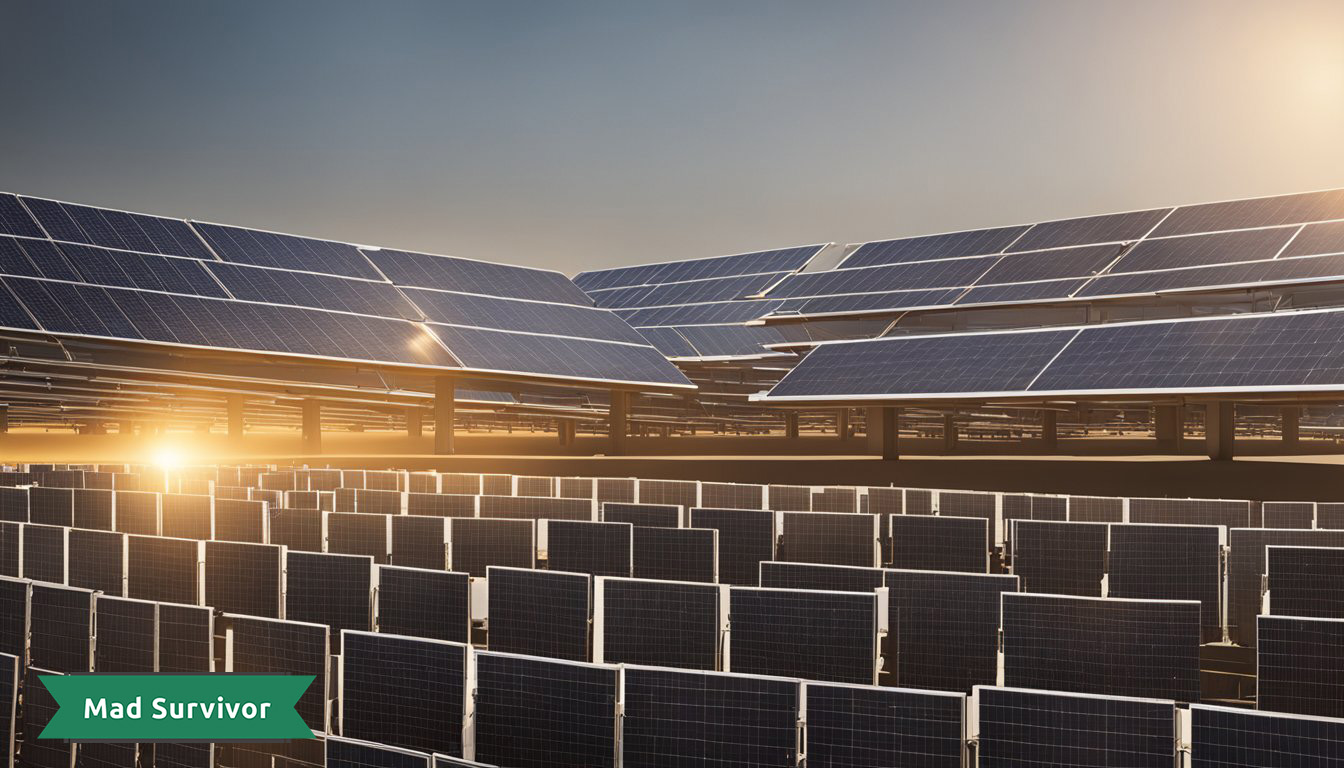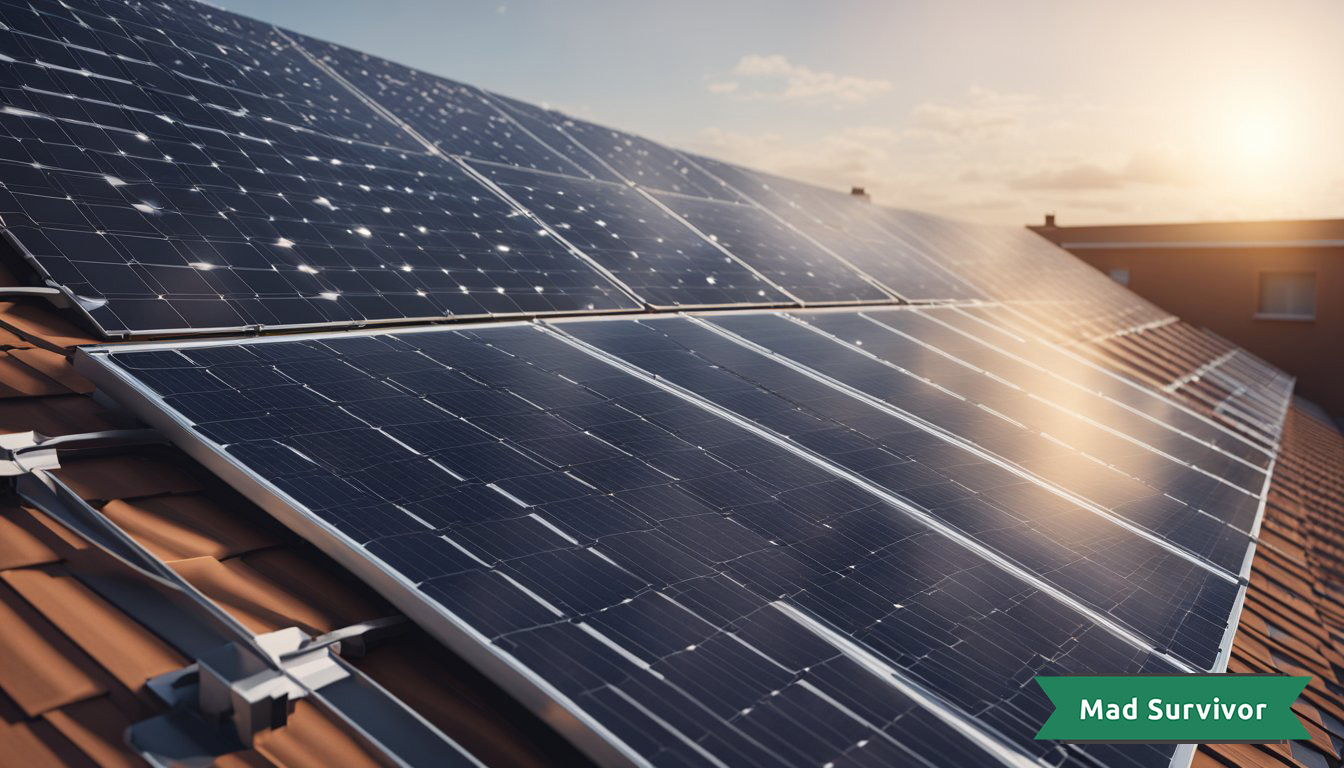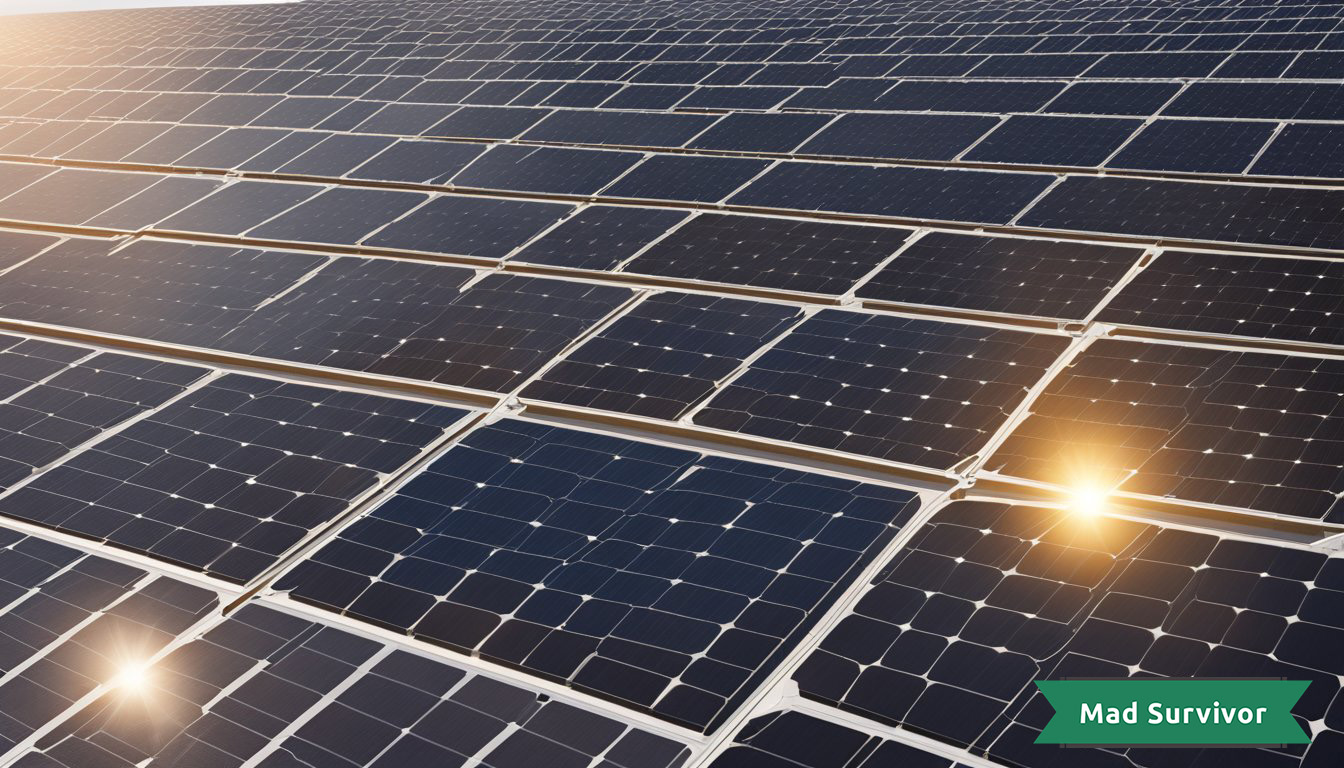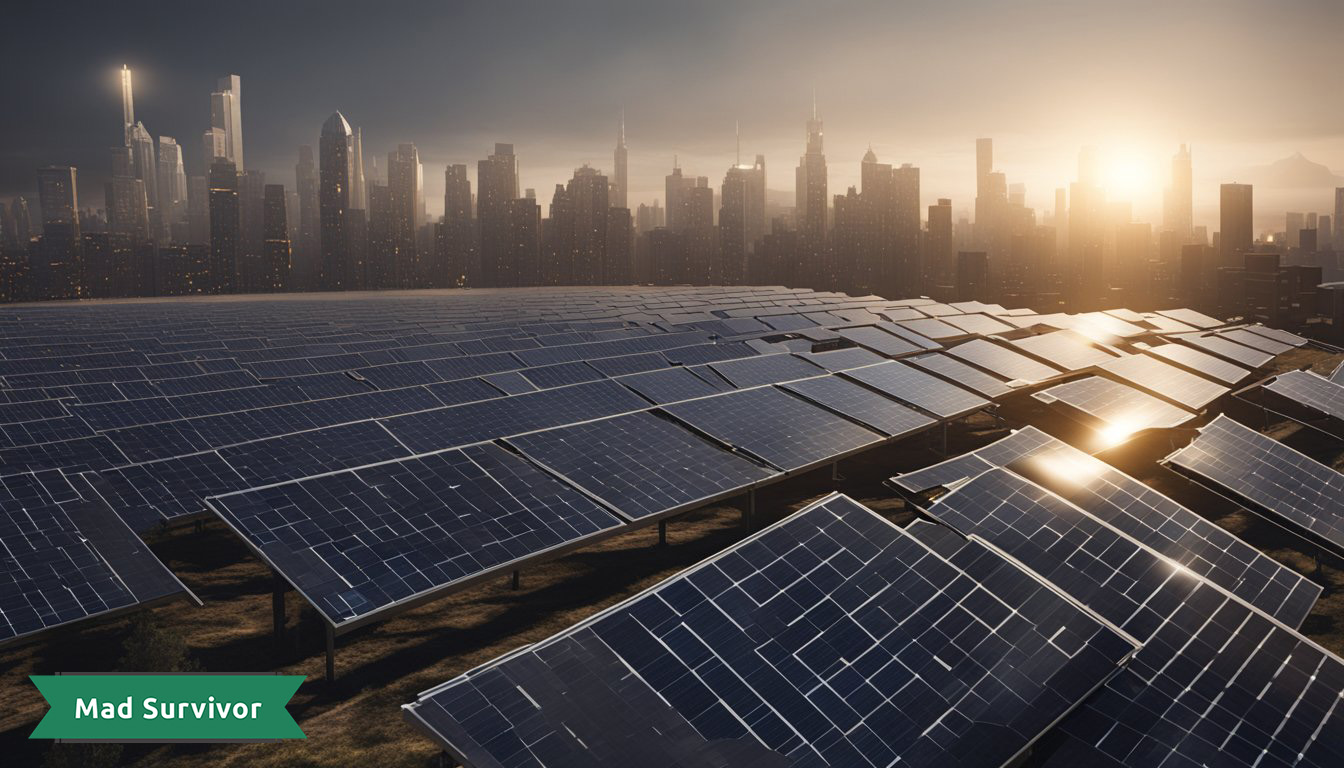
When considering the resilience of solar panels against an electromagnetic pulse, or EMP, you might wonder whether this energy solution would withstand such an event. An EMP, which could be triggered by a nuclear blast or a massive solar flare, has the potential to disrupt and damage electronic systems. Solar panels themselves are relatively robust and can handle direct nuclear radiation from the sun daily, so they’re not easily damaged by EMPs.
However, the electronic components that accompany your solar system, such as inverters and controllers, are another story. These sensitive devices could be compromised by the high voltages induced by an EMP. Since these components are integral for converting the DC power from your panels to the AC power that your home uses, protecting them is essential for maintaining your system’s functionality post-EMP.
Rest assured, there are preventive measures that can shield your solar setup from the effects of an EMP. These can range from installing protective devices to incorporating specific design elements into your system. By being proactive, you can safeguard your investment and ensure that, in the event of an EMP, you won’t be left in the dark.
Lets discuss all that in a bit more detail…
Understanding an EMP

When you hear about an EMP, you’re dealing with a burst of electromagnetic energy that has the potential to disrupt or damage electronic equipment and electrical systems.
Characteristics of an EMP
An EMP possesses three key traits:
- Intensity: The strength of the EMP can vary, impacting its potential to cause damage.
- Frequency Spectrum: EMPs contain a range of frequencies, some of which are more destructive to electronics than others.
- Speed of Onset: The disruptive energy surge occurs almost instantaneously, often without warning.
EMP Sources and Types
EMPs come from various sources, each with distinct mechanisms:
Natural Sources:
- Solar Flares: Coronal Mass Ejections (CMEs) from the sun can generate EMPs.
- Lightning: Strikes produce smaller-scale EMP effects local to the strike zone.
Man-Made Sources:
- Nuclear EMP (NEMP): Created by a nuclear explosion high in the atmosphere.
- Non-Nuclear EMP Weapons: These devices are designed to emit a focused EMP to disable electronic systems.
Understanding the characteristics and sources of EMPs can help you grasp their potential impact on your electronics, including solar panels.
Solar Panels and EMP Vulnerability

When considering the impact of an electromagnetic pulse (EMP) on solar panels, it’s important to understand both their construction and the potential ways to shield them.
Solar Panel Construction
Solar panels consist of multiple cells made from semiconductor materials like silicon, which generate electricity when exposed to sunlight. The panels themselves are robust and can potentially withstand an EMP event, but it’s the electrical components associated with your solar system, notably inverters and charge controllers, that are sensitive to electromagnetic interference. When an EMP occurs, it can induce high voltages in these components, potentially causing damage or failure.
Solar Panels and EMP Shielding
Protecting your solar panels from an EMP involves shielding the vulnerable electrical components that manage and convert the solar energy they produce. Effective EMP shielding can be complex, but here are some basic measures you can take:
- Use surge protectors to safeguard against electrical spikes.
- Implement a Faraday cage or similar shielding around critical components to block electromagnetic fields.
- Incorporate metallic enclosures for inverters and controllers.
- Connect EMP-rated filters to the system to suppress high-voltage surges.
While solar panels are relatively EMP-resistant, the associated equipment requires protection to ensure your system survives and operates effectively post-EMP. Without that associated equipment, your solar panels are basically useless to you.
Mitigating EMP Impact on Solar Panels

When considering whether your solar panels would survive an EMP, it’s essential to be proactive about implementing protection strategies. This will help ensure that your investment remains safe and operational even in the event of an electromagnetic incident.
EMP Protection Measures
To guard against the detrimental effects of an EMP, integrating robust protection measures into your solar panel system is important. Typical approaches include:
- EMP-resistant equipment: Select components that are specifically designed to withstand electromagnetic pulses.
- Surge protectors: Install devices that help protect the electrical circuits in your solar panels by blocking or redirecting surges of electrical current.
- Maintenance and Testing: Regular checks ensure that your protection measures remain effective and provide an opportunity to update them as needed.
Grounding and Shielding Techniques
You can significantly decrease the risk of EMP damage to your solar panels with proper grounding and shielding:
Grounding: Connect your solar panel system to the earth using a grounding rod to stabilize the electrical system and minimize the effects of a surge.
Shielding:
- Faraday Cage: Encircle your solar panels and associated electronics in a conductive enclosure like one made from copper or aluminum.
- Conductive Materials: Wrapping wires in aluminum foil or utilizing galvanized sheet metal can provide additional layers of defense against EMPs.
Real-World EMP Events and Studies

How have solar panels fared in the real world when confronted by the rarely occurring, but potentially devastating electromagnetic pulses (EMPs).
Historical EMP Incidents
In 1962, the United States conducted a high-altitude nuclear test called Starfish Prime, which resulted in an EMP that caused electrical damage over 1,400 kilometers away in Hawaii, demonstrating EMP’s ability to disrupt electronics and power grids. No solar panels were known to be evaluated during this event as they were not in widespread use at the time.
Empirical Studies on EMP Effects
Empirical studies have been conducted to understand the vulnerability of modern electrical systems to EMPs. A commissioned report in 2004 explored the potential aftermath of an EMP event, postulating widespread electrical grid damage. As solar panels are becoming an integral part of the grid, studies imply that the semi-conductor-based components of solar systems, such as photovoltaic cells and inverters, are susceptible to damage from the high voltage induced by EMP events.
Future of Solar Panels Against EMP Threats

With the looming threat of electromagnetic pulses (EMP), whether natural or man-made, your solar panels are faced with the potential risk of damage. Understanding the direction of new technologies and industry standards is critical in safeguarding your investment in solar power.
Technological Advancements
Recent advancements have focused on enhancing the resilience of solar panels to EMP events. Manufacturers are increasingly integrating protective components such as Faraday cages and surge protectors into the design of solar panels and their associated equipment. This involves using materials and designs that are less susceptible to the intense electrical currents generated by EMPs. Moreover, research is ongoing to create diodes and charge controllers that are EMP-resistant, which may help to maintain the efficiency of the solar panels even after an EMP event.
Policy and Industry Standards
To address the EMP threat comprehensively, the industry is moving towards establishing robust, industry-wide standards. Policies under consideration would mandate EMP protection for critical infrastructure, including the solar industry. These standards will likely encompass guidelines for EMP shielding, testing protocols, and best practices for installation. By adhering to these updated policies, the solar industry aims to ensure that your panels are not only efficient but also reliably secure against EMP disruptions.

Leave a Reply